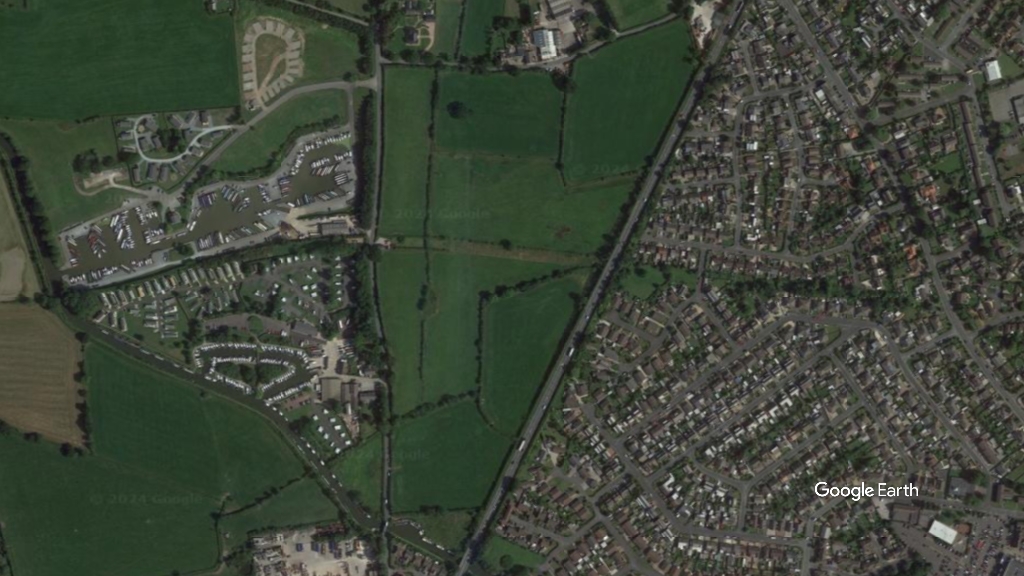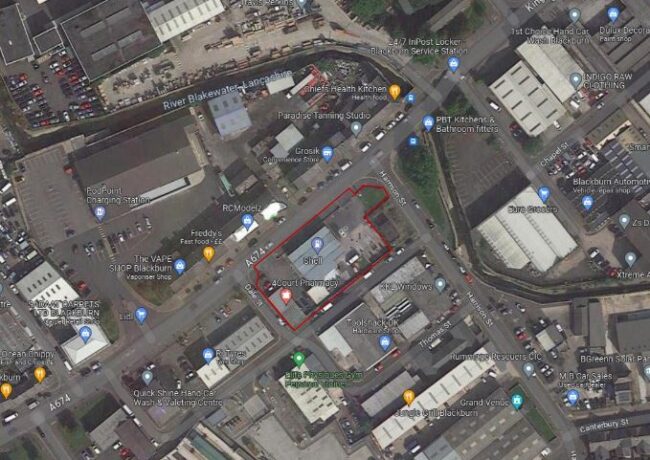Should employees have control over their workspace?
You’ve weathered a crowded train or gridlocked traffic, or waited what felt like a decade for the bus, writes Phillippa Barrett of Space Zero. Perhaps you got caught in a downpour, took a glacially-paced lift that stopped at every floor, or lost 20 minutes queuing for an emergency flat white. Your reward for completing the herculean obstacle course that is the modern commute? Eight hours in the office.
How does your workplace make you feel? Offices are as varied as the people they hold, but for a large number of us, the office means ‘open plan’, a designed environment associated with workplace conformity and familiar to a multitude of workers around the world. It means taking a seat, fitting in and adapting to the norm. In America, one of the elements of open plan has become an even greater symbol of corporate conformity; the office cubicle. A familiar trope in any movie about the degrading aspects of modern working life, the cubicle provides a perfect shorthand for the way in which individuality is subsumed by the corporate world.
Yet instinctively, people will rebel against this loss by personalising their surroundings and claiming a space as their own, even if only for the short time they may be there. The need and urge to personalise space are universal. We often find in the course of our own projects that the first thing people do when they occupy an office for the first time is to personalise their space.
You may have bright artwork, shiny awards or a galaxy of photographs plastered around your desk, or perhaps you just discreetly mark your territory with a favourite mug or mouse mat. Even if you’re one of the growing number of people who don’t work permanently in the office but use it as a base, the urge to personalise is often no less strong. You are unlikely to unpack an Aspidistra and a hat stand, but instead spread out as you might on a beach or in a cafe, creating a nest of devices, stationery and snacks. In doing so, you are staking a claim not only in the office space, but the organisation itself.
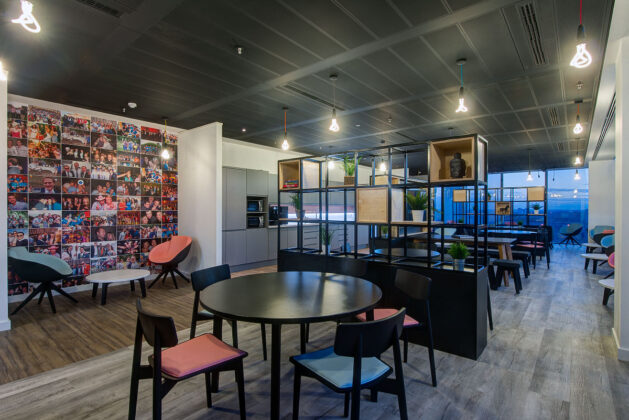
- Oliver James Office, Manchester, designed by Space Zero
This is an all too human response to a uniform environment, and there are sound reasons for an organisation to allow or even encourage people to personalise their space. Research has shown that doing so can boost productivity, employee wellbeing, inclusivity and engagement. A study from the University of Exeter found that employees who have control over the layout of their workspace are not only happier and healthier but are also more productive by up to 38 per cent – a remarkable improvement in job satisfaction and performance.
So what does this mean for workplace design? Perhaps simply that one of the best ways to achieve engagement through the office environment is to empower people to personalise their own working day. Today’s workplace is more diverse than ever and we should celebrate the great strides we have made in creating offices that are able to accommodate a wide variety of personal needs and allow people to express something of their own identity.
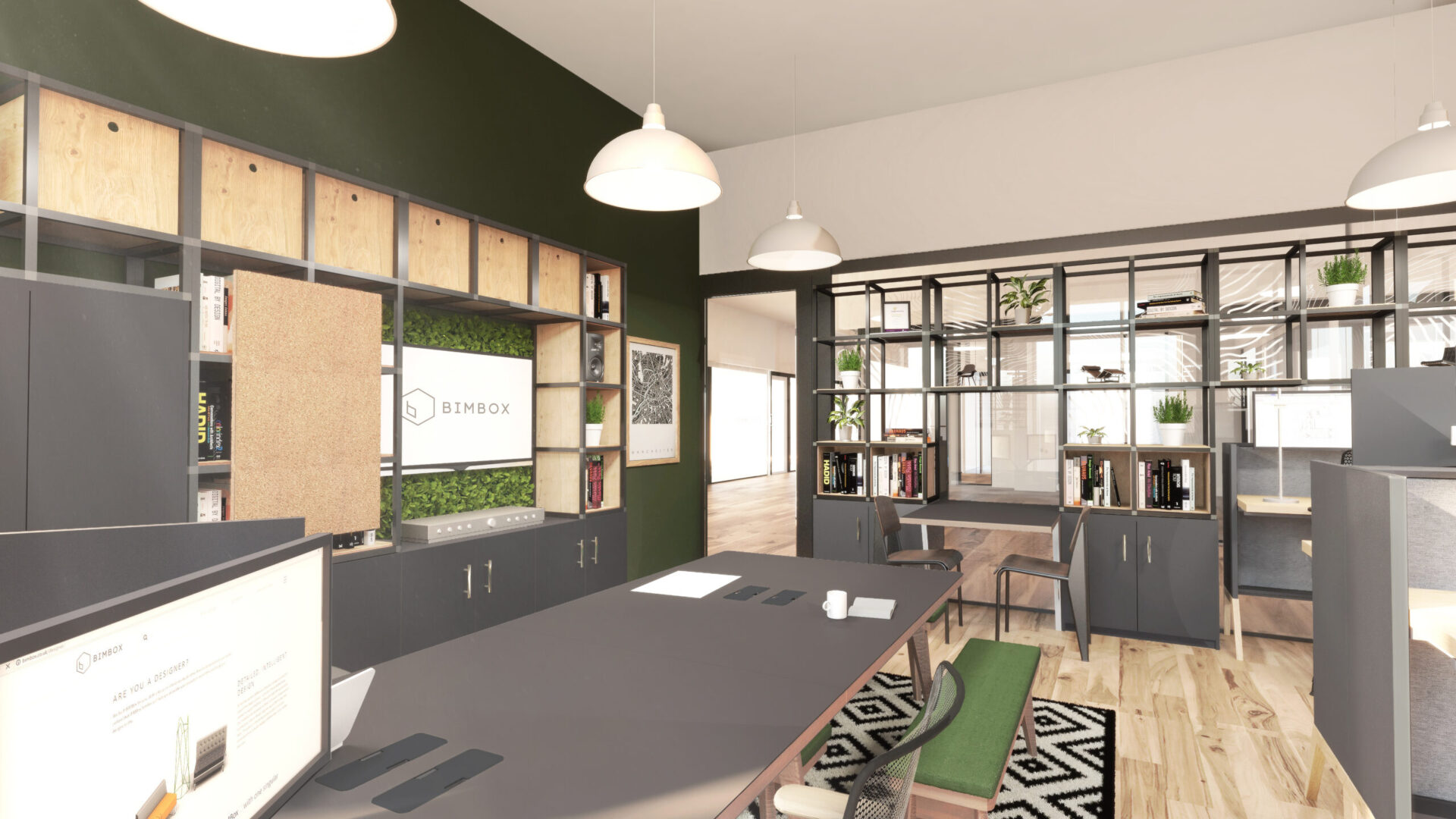
- BIMBox Office, Manchester, designed by Space Zero
The same is true of organisations themselves. Employer branding, the development of an organisation’s reputation with past, present and future staff, is a subject of growing interest as businesses adopt more agile working practices. The need to develop a universally understood working culture, to boost employee satisfaction and retention are challenges for architects and designers as well as HR professionals and managers.
Of course, the issue of how to develop organisational identity is complex, multi-faceted and fast moving, and demands a multi-disciplinary approach. It requires input from leaders across the organisation, incorporating a wide range of factors from working culture, working methods, interior design, technology and the physical environment. It’s a challenge, but ideally these disparate influences should be subject to some impressively joined-up thinking.
We are fortunate that we have access to a range of design models, features and aesthetics that allow us to express this individuality over conformity. When we create an environment for the modern workforce, designers might consider paying homage to poet Robert Frost, and take the road less travelled: “Two roads diverged in a wood, and I, I took the one less travelled by, And that has made all the difference.”
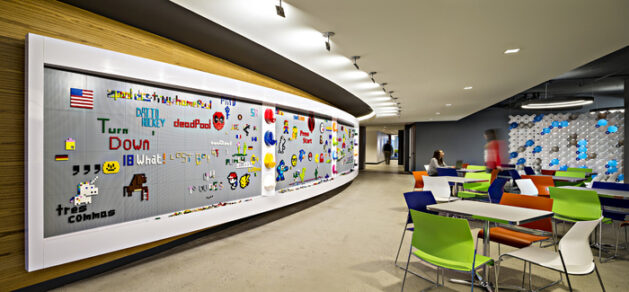
- Datto Office, Newark, USA
This article was originally published in Place Resources



